The legacy of Lee
The Robert E. Lee statue on Monument Avenue in Richmond, Virginia was recently – and rightfully – removed
The University Chapel, formerly named Lee Chapel, houses the Lee family crypt, photo by Lilah Kimble, ’23.
October 12, 2021
“Hey, hey, hey goodbye,” onlookers cheered as massive cranes lifted the infamous Robert E. Lee Statue from its century-old pedestal.
Four years is the amount of time it took for the North to win the Civil War and provide emancipation. One hour is the amount of time it took for the last Confederate statue on Monument Avenue to be destroyed.
The 60-foot high structure depicted General Lee atop his horse, Traveller. The new statue, its replacement, will depict a man and woman newly freed from slavery holding their baby; it includes the names and stories of ten Virigians who fought for emancipation. Meant to serve as a symbol of renewal and healing, the emancipation statue will live in the former Confederate capital.
This healing was only able to begin after the murder of George Floyd at the hands of a police officer, a catalyst for social change. The death of George Floyd, a black man, spurred worldwide protests, exposing a record of police brutality and systemic racism. These protests eventually formed into the largest movement in American history, the Black Lives Matter (BLM) movement. BLM works to combat racial violence and white supremacy. Following these events, Virginia residents began gathering around the Lee statue, creating a community of love from a monument honoring hate. Protestors planted a vegetable garden, put up a basketball hoop, hosted concerts, and registered people to vote.
After months of legal resistance and political pressure, the protestors watched as Floyd finally received an element of justice. And although the statue has been removed, there has been discussion about preserving the pedestal now covered in anti-racist graffiti. Activists have transformed the monument from an image of oppression into a work of art embodying unity.
One family chose to celebrate their son’s graduation in front of the monument, reclaiming its meaning. Teenage ballerinas, local hip hop artists, and musical producers were among many others reclaiming space among the chaos.
Confederate monuments have been built every decade since the Civil War. Public monuments represent public values, inspiring society to maintain the racial status quo.
However, as these values evolve to adhere to modernity so should our memorials. This has been an especially significant discussion considering Washington and Lee University’s namesake, which continues to memorialize Robert E. Lee from beyond the grave.
As I entered for a ceremony in the chapel, Lee himself was resting below my feet. And though the Board of Trustees said on June 4 that the university would discontinue the recognition of Founders Day, the first-year class will be the only students in memorable history who have not experienced this celebration. As I accept my diploma on graduation day, Lee’s image will be featured if I so choose.
Lee represents America’s history and Virginia’s southern heritage. However, the current students of Washington and Lee represent our future, one created by diverse free-thinking individuals.



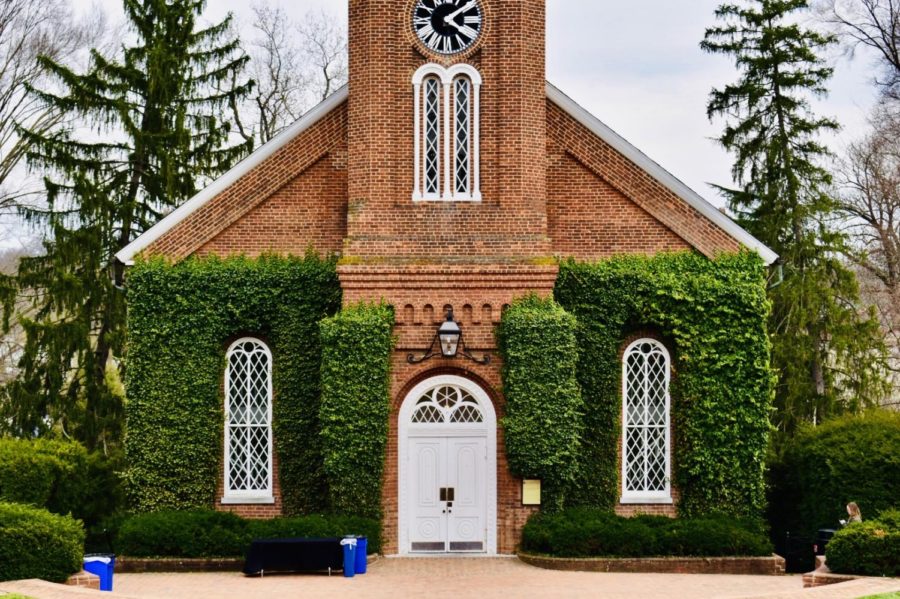


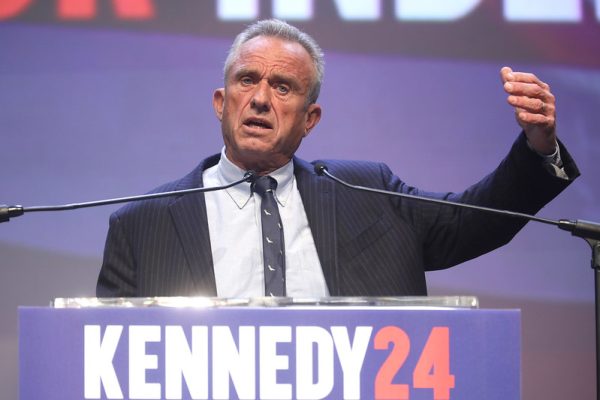

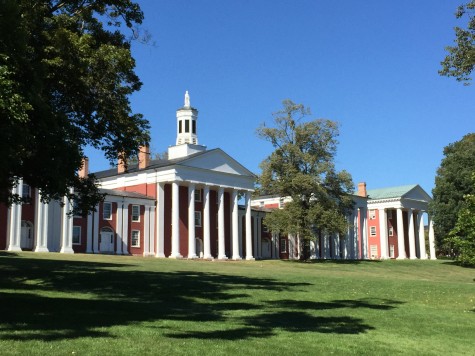

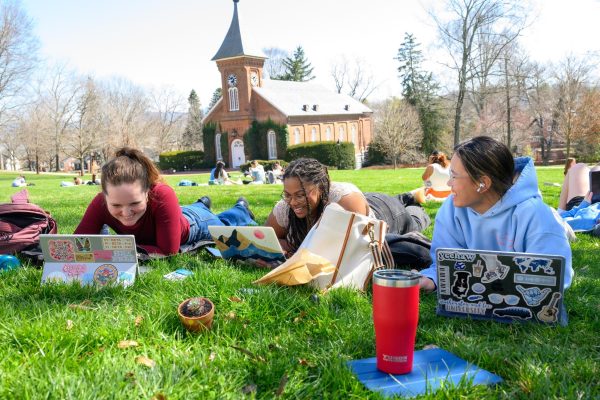

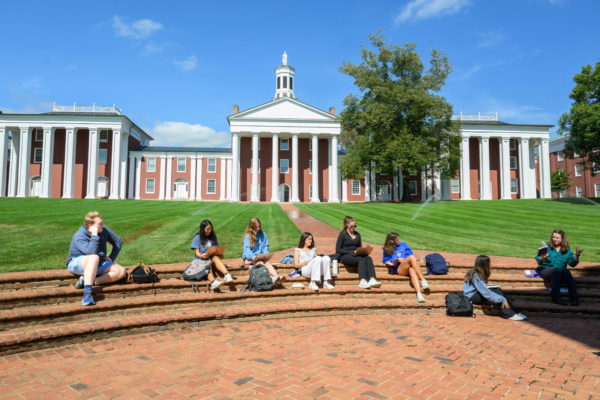
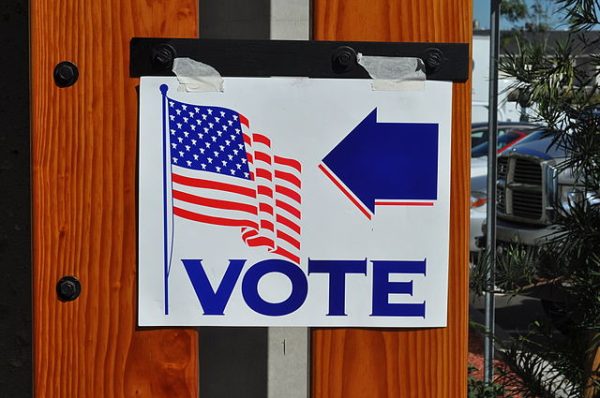
Langston Donkle • Nov 3, 2021 at 5:26 pm
Yes, and Lee was certainly a free thinking leader in the context of his time in history. His post-military time was his greatest achievement.
I look forward to visiting the new museum and seeing additional artifacts from our founder’s lives.